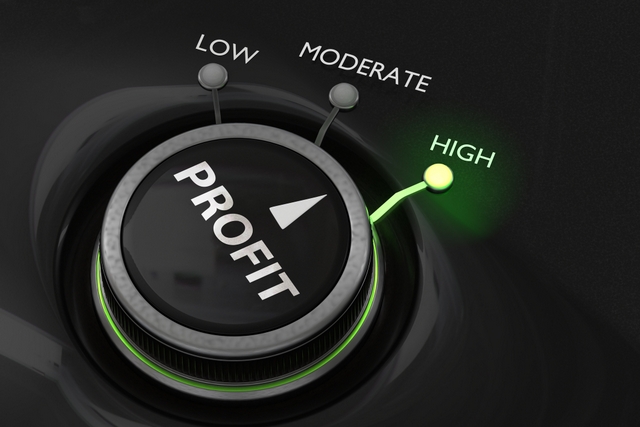
Remember the Seinfeld episode where the rental car company took Jerry’s reservation, but still didn’t have a car for him? “You know how to take the reservation, you just don’t know how to hold the reservation. And that’s really the most important part: the holding. Anybody can just take them.”
That’s a way to think about monitoring performance of a solar site. (Just go with me here) Anyone can just monitor data, but the key is knowing what to do with it – being proactive versus reactive. Here’s two considerations for being proactive involving inverter selection.
Factoring for power factor
Utility-scale sites often come with reactive power requirements, which usually means reducing the real power produced to provide reactive power support. Because of this, be sure to check the power factor or Max AC Output Power of inverters you spec.
“When you reduce active power, you’re not getting paid at what you designed the system for,” says Sarah Ozga, product manager at CPS America. “We want customers to get paid for the nameplate rating of the inverter and not get dinged for reactive power requirements.”
CPS inverters, for example, come with kVA overhead and will supply 100 percent active power while accommodating reactive power requirements. For a 100-kW inverter, this is listed as 100 kW / 111 kVA at PF greater than 0.9 and 125 kW / 132 kVA at PF greater than 0.95 for the 125-kW inverter. Let’s play out some scenarios.
“If we had a 100 kW/111 kVA or our 125 kW/132 kVA rated inverter and the utility company said we need to run at .95 power factor (PF) we could do this without sacrificing real power (kW),” Ozga says. “For example, if we have enough PV power coming in from the array to produce at max capability on the 125kW/132kVA inverter we would be producing 125kW active power and the apparent power would be 132kVA.”
But what if this overhead wasn’t built into the inverters? If the inverter’s apparent power was capped at 125 kVA, at 0.95 power factor (PF), it would be producing 118.75 kW active power. This is about 7 kW less than it could be producing if it had overhead capacity.
“That’s not real significant for a single inverter but these inverters are generally installed in a multi-MW system,” Ozga notes. “So for a 10 MW site that would be 570 kW, which is a significant loss of power.”
Maximize revenue
Over the life of a system, discovering issues early and fixing them quickly can make a huge difference in site performance and, what everyone is here for, revenue. If an inverter goes down or performance is low, make sure the manufacturer is able to remotely troubleshoot, push updates or make setting changes to the inverters without needing to visit the site, like CPS Ameri-ca can within its Flex Gateway. This gets the inverters back up and performing as it should fast-er and cheaper.
“Whether a company is managing its own data or is using a third party monitoring package it is important for the data to be actively monitored,” Ozga says. “That doesn’t mean someone needs to sit in front a computer watching production graphs all day. Set up automated emails/SMS for alarms or warnings for each site that is managed. These warnings could alert you when an inverter is not performing as expected.”
We will also dive into this in MUCH greater detail in this upcoming free webinar. Sign up here.
Utility-Scale String Design
Wed, Jun 20, 2018 2:00 PM EDT
When designing a large site one consideration is String or Central. Both have well defined benefits. Historically, the large utility-scale sites have mainly relied upon central inverters. Now a third option, the Virtual Central, is paving the way for string inverters into this space. In this webinar, we will discuss the benefits and disadvantages to both the distributed and centralized string architectures and how the design choice affects installers, developers and site owners. Sign up here.
— Solar Builder magazine

Leave a Reply
You must be logged in to post a comment.